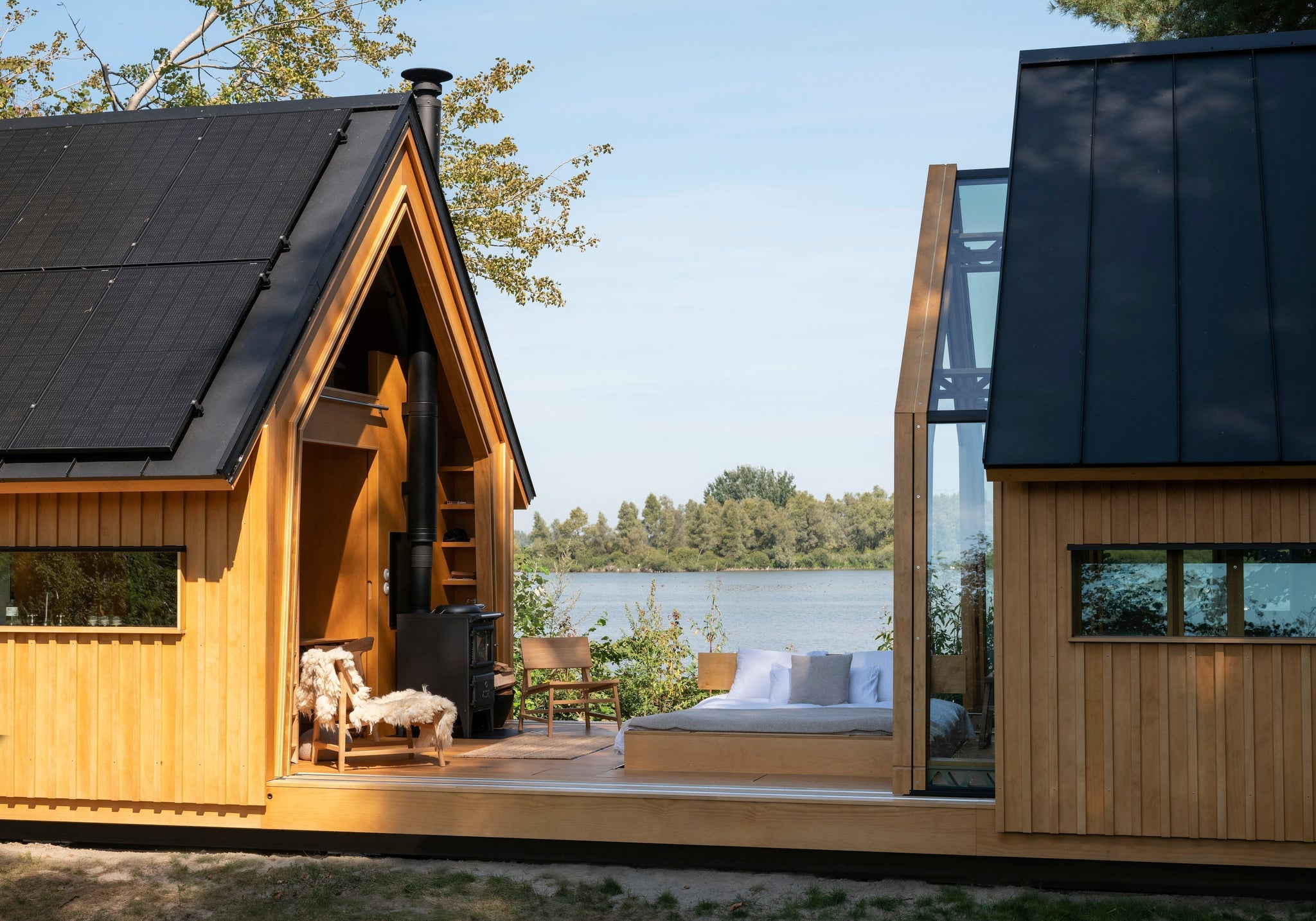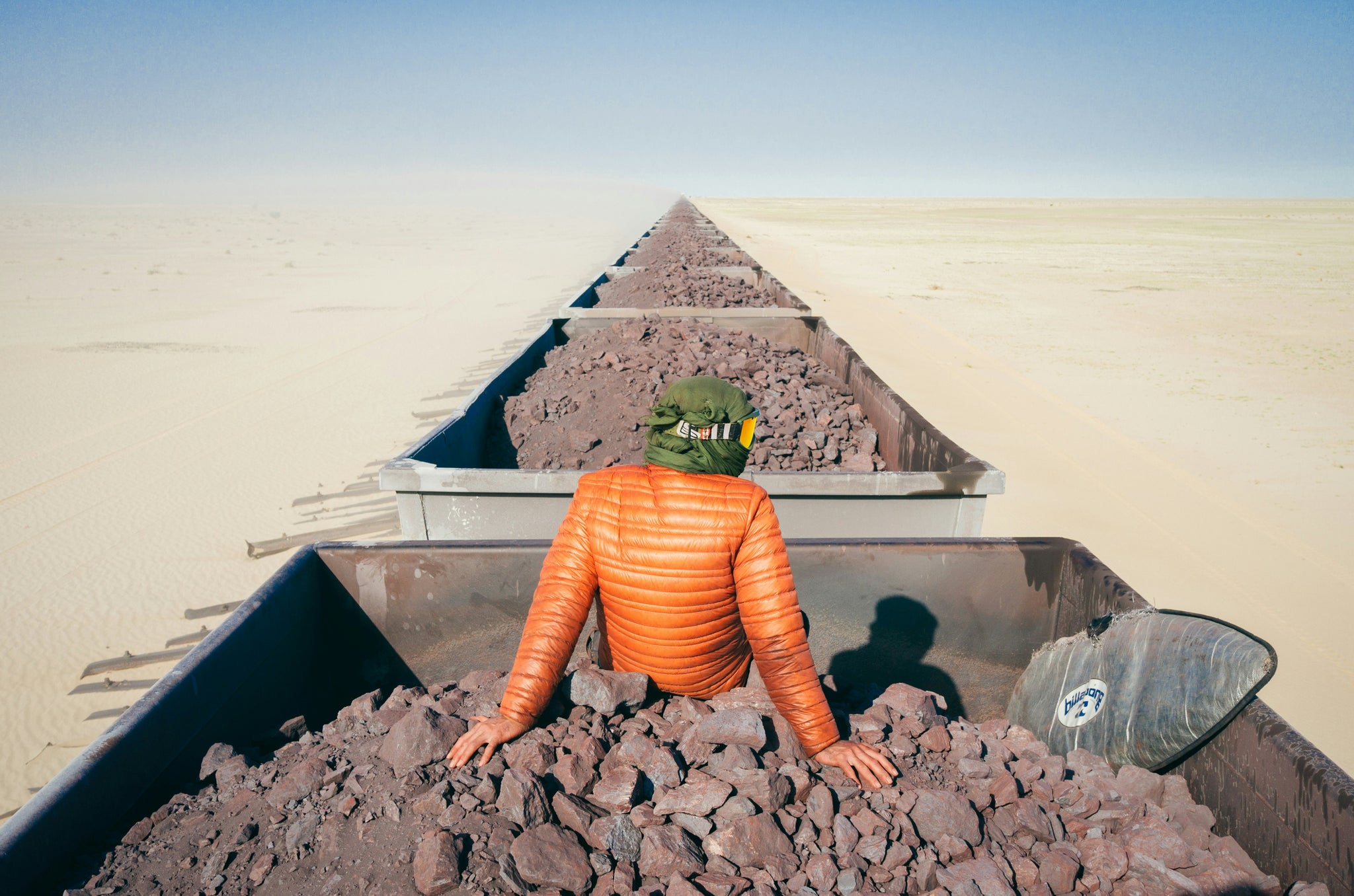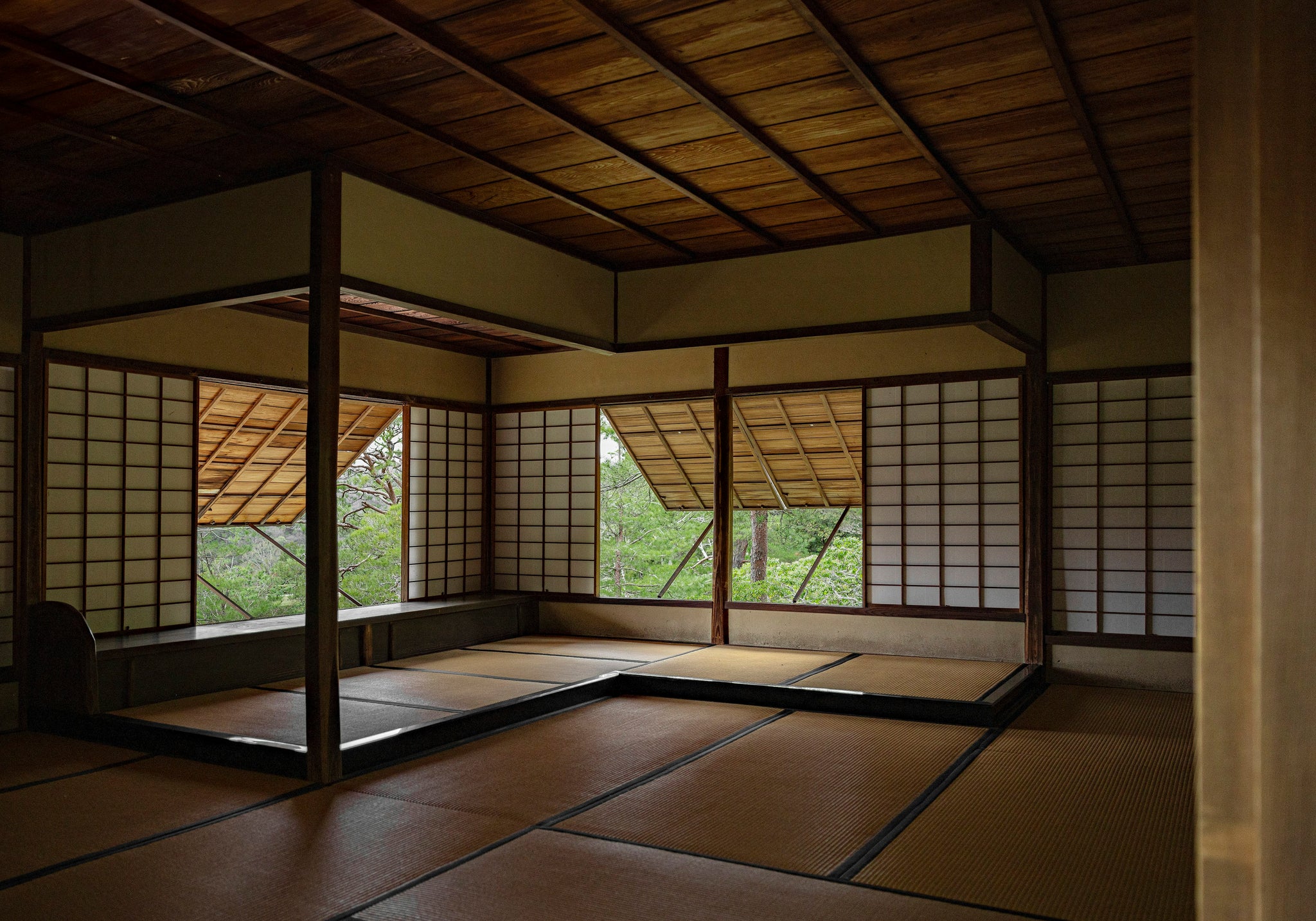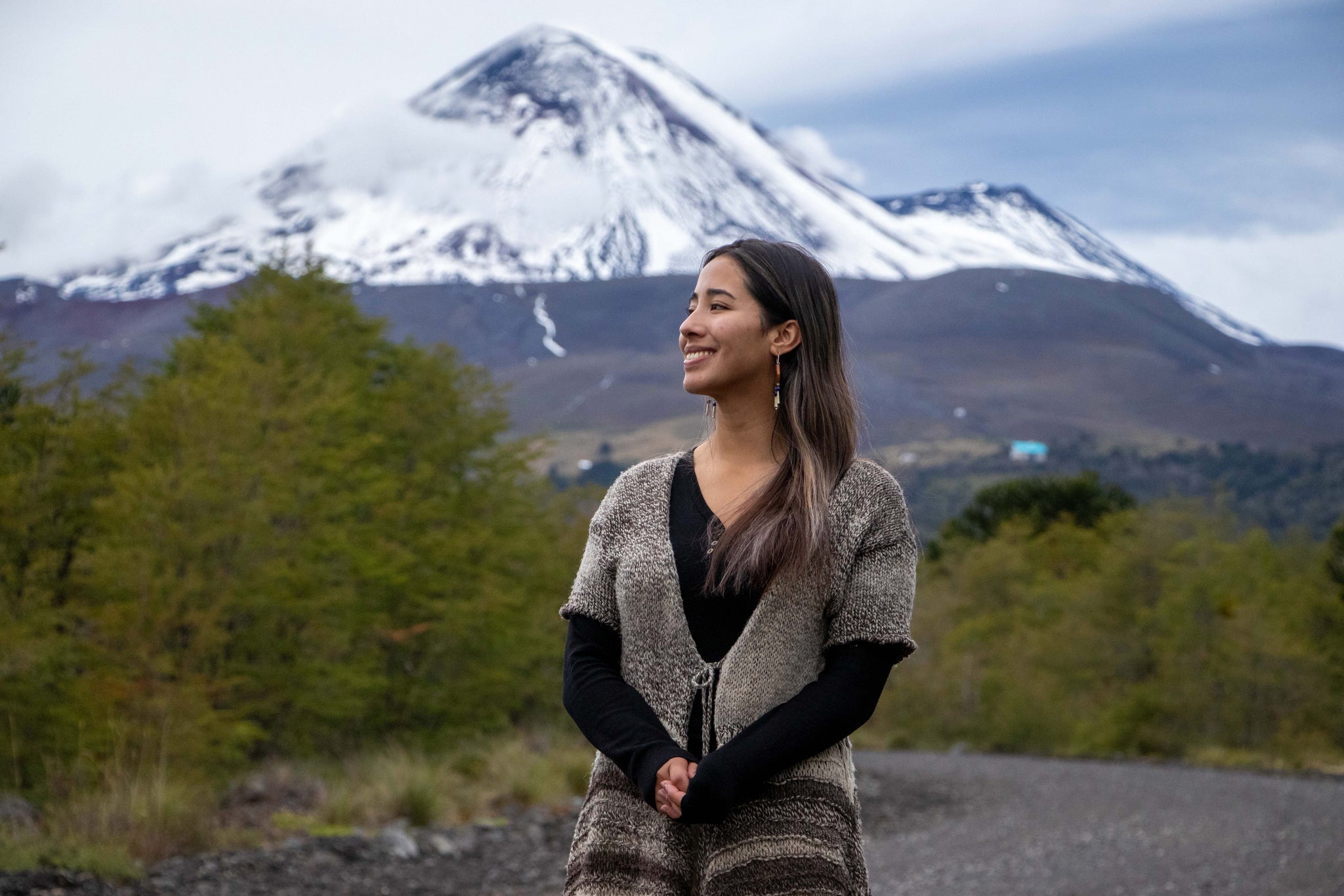
03/2019 Escape travel
by Cam Honan
When we choose to walk rather than fly or drive, something wonderful happens: our awareness and appreciation of the natural world begins to grow. It can be the faint sound of a gently meandering stream, the distinct smell of decaying leaves on a crisp autumn morning, or even a bowl of cereal that never tasted better than when eaten on a mountaintop at sunrise.
"The technological effort we have put into making distances shrink becomes, at times, more of a burden than a feeling of progress"

The so-called wilderness suddenly became a source of inspiration for painters in the eighteenth and nineteenth century, like the Malerweg in eastern Germany ("Painter's Way" translated from German to English). From then on society slowly started to perceive the outdoors as something that would need to be protected rather than tamed. (Photo: Philipp Zieger)
The Allure of Hiking
In a world where discontinuity prevails, the experience of walking a trail offers a sense of orientation. To follow a trail makes things simpler–it reduces the contingency of the world surrounding us to the task of navigating a path. There is a clear start as much as there is a clear goal to head towards. In a world full of uncertainties, this sort of predetermined trajectory provides one with a soothing sense of linearity. Then there is the existential aspect inherent to walking. Lost in between perplexing flight schedules and tiring traffic jams, the technological effort we have put into making distances shrink becomes, at times, more of a burden than a feeling of progress.
"Hiking has not always been in vogue. Before the age of romanticism, it hardly appealed to any one of a certain standing … Those who did so were considered to be vagabonds and lost souls"
What can be more liberating and empowering in those moments than to simply walk? The pace of walking mysteriously resonates in our brains. Taking step after step curbs the train of thought in our heads and calms down our restless stream of consciousness. While our transportation systems have reached a degree of complexity where the individual traveler is highly dependent on processes they neither understand nor act upon, walking remains one of a few means of movement where one feels empowered, because every decision–and literally every step–taken has a direct impact on the further course of one's own journey.
Hiking has not always been in vogue. Before the age of romanticism, it hardly appealed to any one of a certain standing to venture out into the wild or to walk for the sake of walking. Those who did so were considered to be vagabonds and lost souls, and it was not until industrialization had transformed big parts of the Western world that perspectives concerning this began to change. The conservation movement that originated in Europe in the 17th century and gained momentum in the United States of America in the 19th century resulted from precisely this paradigm shift.
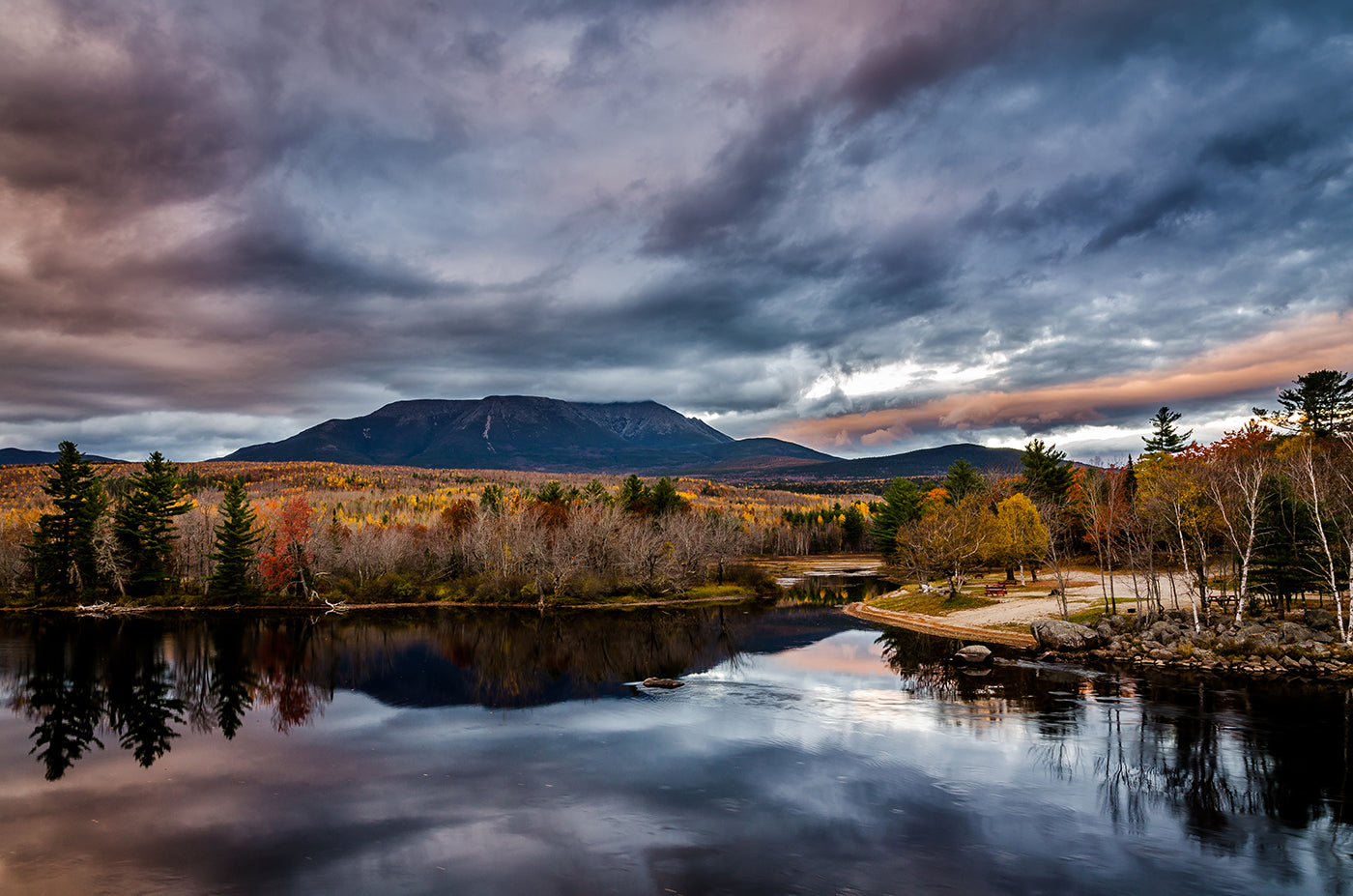
The creation of the Appalachian Trail–the longest hiking-only path in the world–has its roots in the endeavors to preserve nature in the nineteenth century, and one of the world's most scenic and renowned trails was named in honor of the Scottish naturalist and preservationist John Muir. (Photo: Viktor Posnov)
Trails & Their Evolution
Although the word 'trail' suggests some sort of continuity or stability, the nature of most trails is anything but static. There exist various reasons as to why a trail was created in the first place. Yet, shaped by forces of nature or culture, a trail's original use is often transformed over time. As the decades and centuries pass by, its course as much as its purpose is altered, and sometimes its origins persist only in the narratives that are passed down from generation to generation, which is the case for the Silk Road.
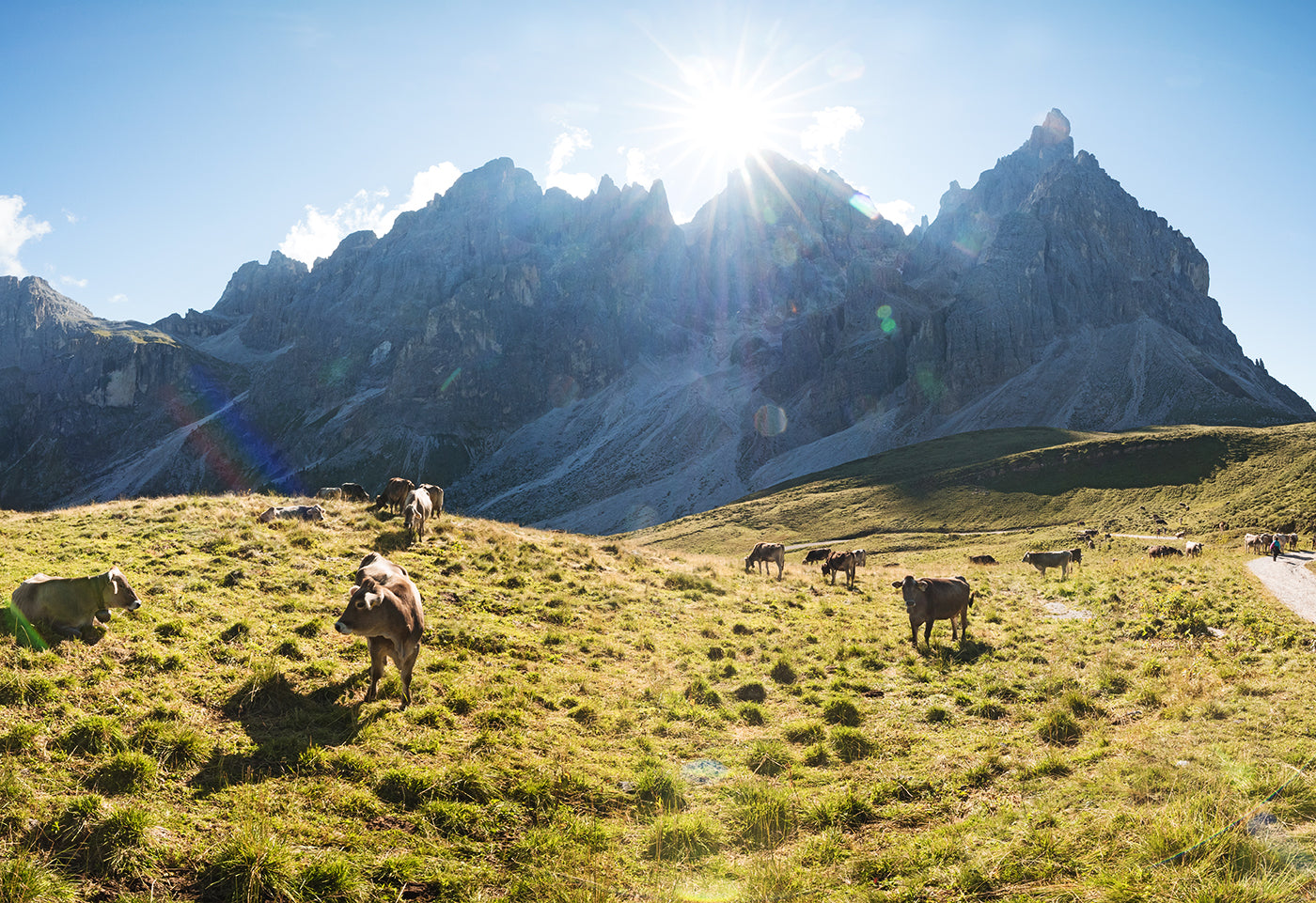
Several treks that had formerly been used as strategic paths in times of conflict have been turned in to scenic hiking destinations. Like the pathway Alta Via 1 in the Dolomites in northeastern Italy. (Photo: Alexander Fuchs)
Subsisting throughout the golden ages of several great empires, and fostering the exchange of art, religion, and technology between the different cultures, the route was ultimately silenced once the Ottomans had conquered the Byzantine Empire in the 5th century. Nowadays, the former route network has been rendered unrecognizable as some of the sections have been transformed into modern highways and others have perished in the aftermath of natural disasters or war. Yet, a railroad linking China, Kazakhstan, Mongolia, and Russia is often referred to as the New Silk Road, and plans have been ushered in to expand this connection in order to reestablish the ancient link between Asia and Europe.
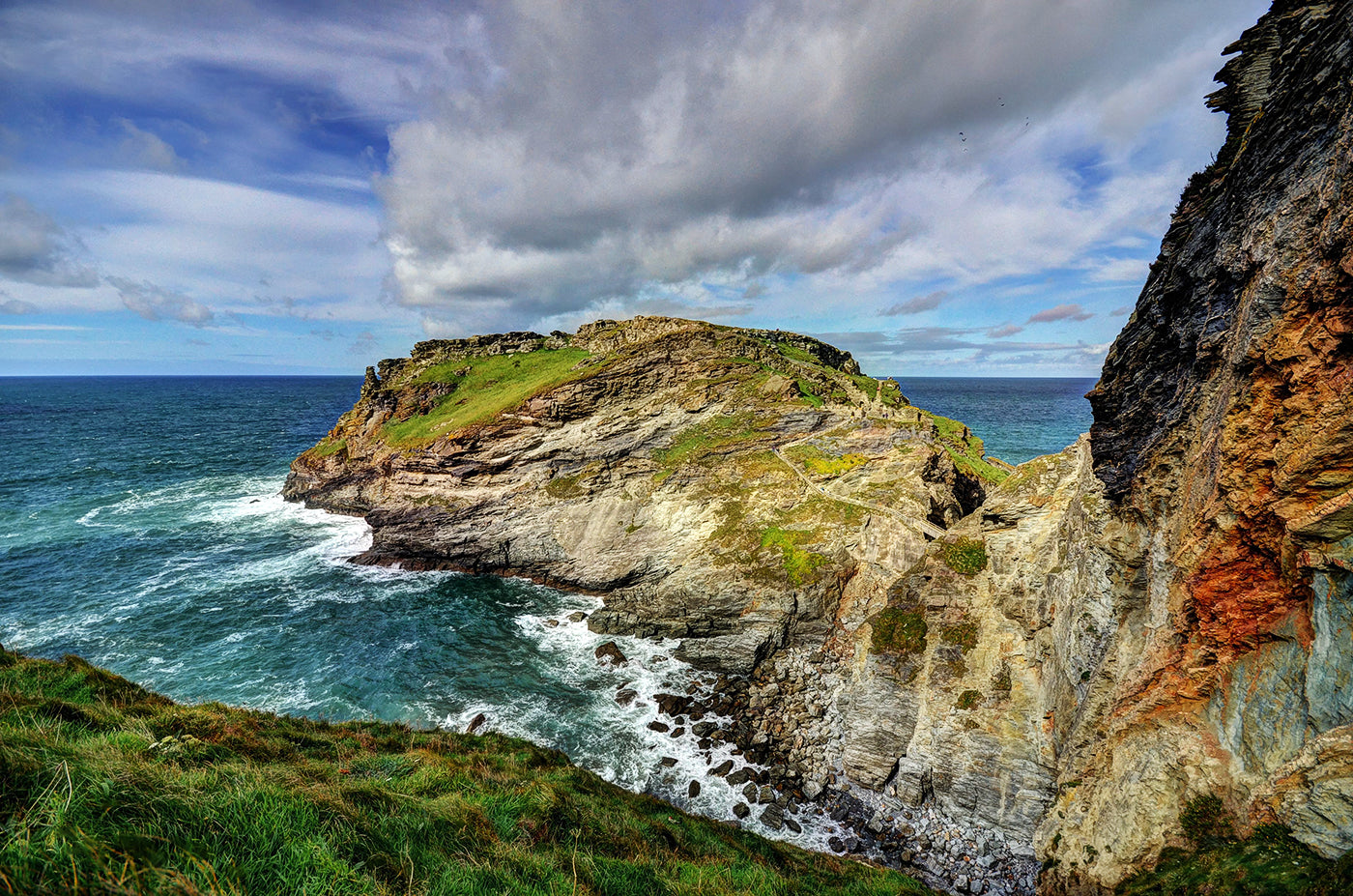
Snaking around bays, passing into small coves and along windblown clifftop paths, the South West Coast Path provides pristine views out over the sea and across the rugged coastline of southwest England. In former times, the coastal paths were created to spot smugglers. (Photo: Baz Richardson)
"Most trails now frequented by sightseers very often have roots that stretch back to commercial or religious uses"
While the Silk Road might be emblematic of the various reincarnations a trail can live through, other examples that have gone through puzzling transformations are abundant. Narrow roads serving as the only connection between far-flung villages and the rest of civilization have been bridged by modern highways; high-altitude passes that were once the preferred routes for transporting goods are today sought-after holiday locations. The imprint contemporary tourism has had on the evolution of these centuries-old connections is undeniable. Other routes known as paths for pilgrimages are now major tourist attractions. Most trails now frequented by sightseers very often have roots that stretch back to commercial or religious uses.
Yet, as much as there are different types of trails, there are also different types of hikers, each with their own set of reasons as to why they decide to venture out. Some of them want to escape the concrete walls they find themselves surrounded by in their cities; others strive to break down the walls in their heads.
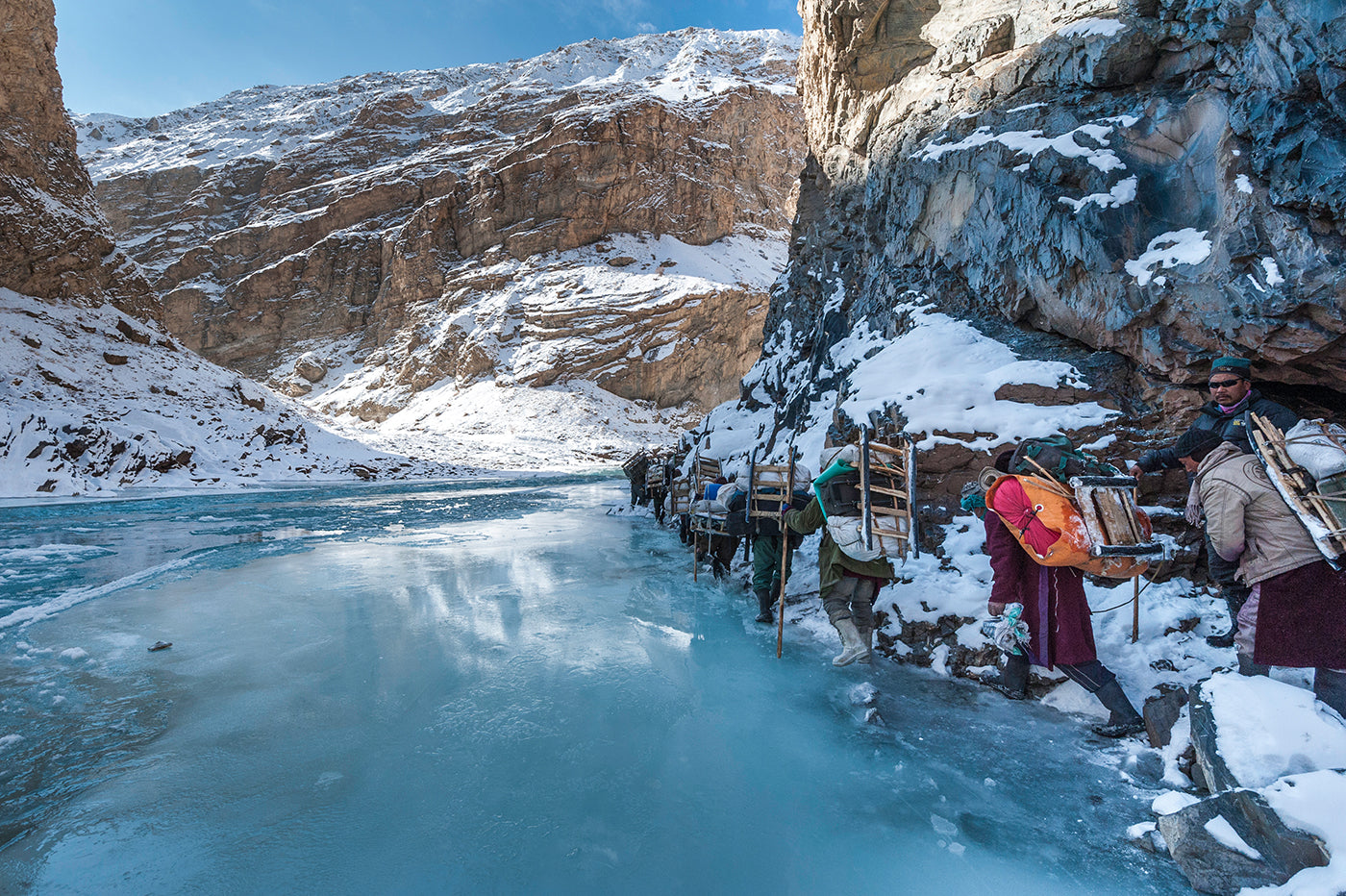
The Chadar Trek in northern India leads along the Zanskar River. Chadar is the Hindi word 'sheet,' and it is used by the local residents, the Ladakhis, to describe the layer of ice that covers the stream during winter time. The path stretching over 100 kilometers (62 miles) was once established out of necessity, for trade and has now become a desirable destination for adventurers from across the globe. (Photo: Manish Lakhani)
A Thru-Hiker's Fate
It is for a reason that traditional pilgrimage paths such as the Camino de Santiago have gained popularity among urban dwellers who, prior to embarking on the trail, had not shown much of an interest in religion. Having run up against frontiers of different kinds in their lives, they decide to leave everything behind for weeks, months, or sometimes even years to follow a path and to rewire their thinking while walking. Yet, it is less out of a desire to run away or to erase what is left behind and more in the hope of gaining a new perspective on life. The paths they decide to follow are not necessarily pilgrimaged routes.
While shorter treks often promise enchanting scenery and rewards after each challenging section, long-distance hikes are tests of endurance. The so-called thru-hikers who attempt to follow colossal trails spanning several thousands of miles stand apart from regular hikers and could be seen as modern-day pilgrims. For them, the spiritual value of a trail does not depend on the trail's sacred destination but consists in the experience of walking itself.

Long-distance walking seems to be therapeutic and enlightening in itself. The St. Olav Ways are ancient pilgrimage pathways. They are named after Norway's patron saint, King Olav II, who was influential in the country's conversion to Christianity in the eleventh century. The routes begin in different places, but all finish at the same location: Olav's tomb at Nidaros Cathedral in Trondheim. (Photo: David Tett)
"The hardest part of their journeys began once they had returned from the trail to their regular lives … The lessons learned on the trail unfold their full potential only once we find ourselves going back to normal"
Ready to give up the comforts of modern life, they are willing to spend days without proper food or steady shelter; exposed to the forces of nature at all times and forced to overcome their physical limits day after day, they could easily be called fatalists. Yet, their strong sense of determination and the willingness to overcome any hurdle–be it of a physical or psychological, or an external or internal nature–reveal the more noble drives behind their trips. Many of them report that the hardest part of their journeys began once they had returned from the trail to their regular lives. The shift in perspectives comes at a price, and the re-evaluation of all one's prior values is a drastic yet liberating process. The lessons learned on the trail unfold their full potential only once we find ourselves going back to normal.
Whether through long-distance wandering or micro-adventures, experiencing the allure of hiking does not have to mean trekking for thousands of miles. However, once you are hooked, there is no guarantee that you won't be willing to go further and further.
Over the past 25 years, his hiking journeys have taken Cam Honan from Tibet to Tasmania, from the Alps to the Appalachians–through over 50 countries in total. Honan documents his journeys in his blog The Hiking Life and is co-editor of our book Wanderlust. He splits his time between Australia and his adopted homeland of Mexico.











